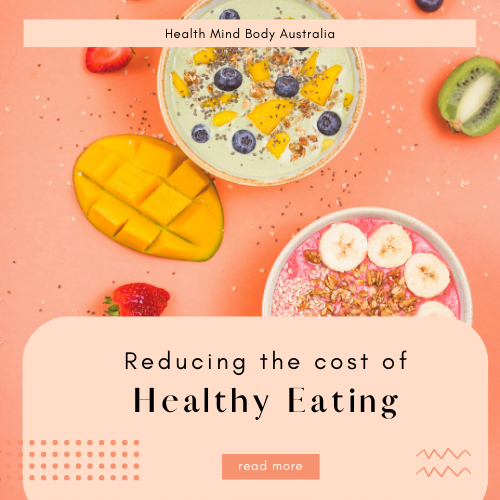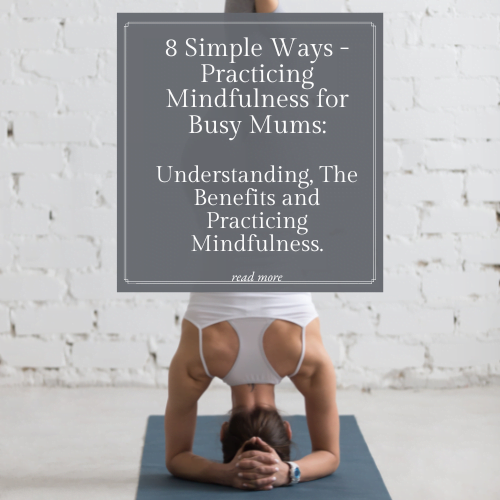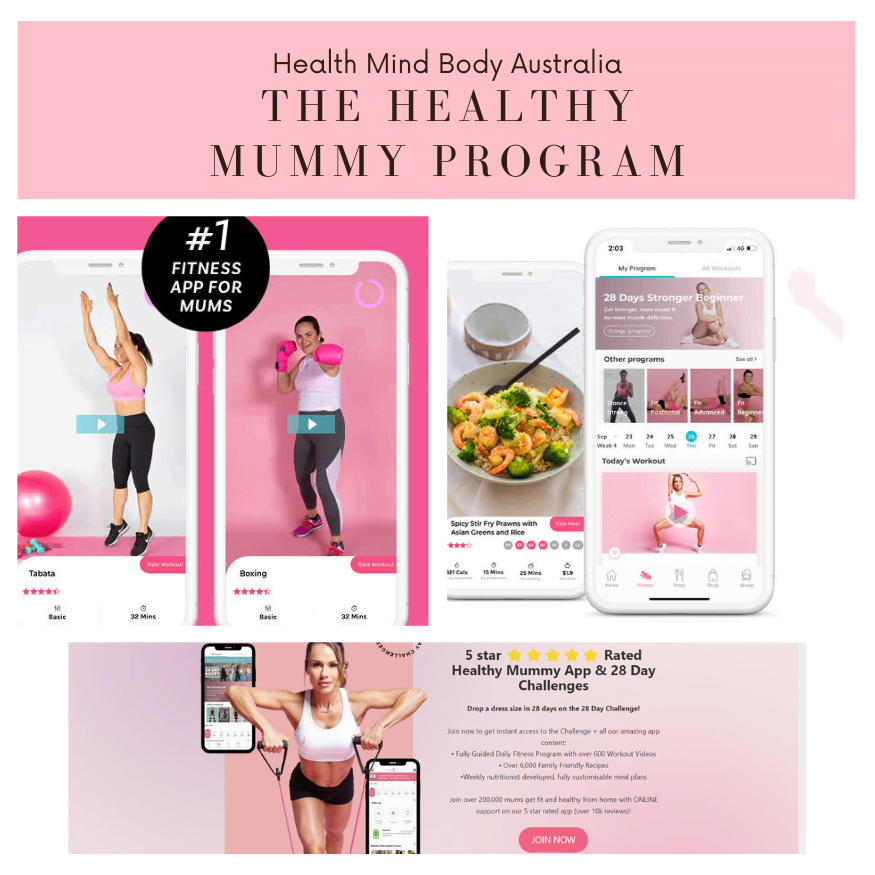Reduce the Cost of Healthy Eating
Budgeting is high on most household agendas and for good reason.
With how the last couple of years have gone with the pandemic, interest rates soaring, and with Christmas fast approaching it’s had an impact on most families.
Your Healthy Eating doesn’t have to suffer. In fact, there are ways to help stay on track both with the family budget and Healthy Eating.
I have listed some of my tips below to help you Reduce the Cost of Healthy Eating as I really do think it’s such a vital part of our lives to stay healthy for our mind and body and health.
Tips to Help Reduce the Cost of Healthy Eating
As reported on Trading Economics from a recent study, the annual food price inflation in Australia jumped to 9 percent in Quarter 3 of 2022 from 5.9 percent in Quarter 2.
Also stating that the latest result marked the highest level since Quarter 4 1983.
Comparisons
Taken from the study by Trading Economics.
- bread (10.5% vs 7.2% in Q2)
- dairy & related products (12.1% vs 5.2%)
- oils and fats (19.3% vs 14.0%)
- cakes & biscuits (7.9% vs 3.9%)
- eggs (10.4% vs 5.8%)
- cheese (9.5% vs 4.9%)
- spreads (6.8% vs 2.2%)
It’s no wonder that most of us are feeling the pinch when it comes to living costs when comparing side by side, it’s just incredible.
Weekly Menu of Meals
It’s so important to plan and organise for the week ahead.
When planning out your meals for the week, it can help and assist you to organise your grocery list, shop, and essentially meal prep to help on the days that you are limited with time.
Meal prep will enable you to serve a meal on time during busy family schedules. Meal Planning in my opinion is a vital and important step in any daily schedule.
Without planning and organisation it limits your thinking and planning abilities for the days ahead. This can cause extra stress and unwanted chaos.
When you have planned out your meals and organised meals for the days that you won’t have time to cook, for example, batching meals and portioning them out to freeze for the nights ahead can also help to save on expensive and unexpected takeaway and dining out.
Not to mention the unhealthy and processed foods that some takeaways contain.
I have a Meal Planner and Grocery List free below.
Stick to your Shopping List
When you plan out your menu of meals and snacks for the week it enables you to create a shopping list of ingredients you will need for each meal.
By sticking to the ingredients on your shopping list can also help to reduce costs and stick to your budget and not be tempted or throw in extra items and ingredients that are not needed. This can help to reduce the cost of healthy eating and sticking to your healthy meal plan and reduce temptation.
Shopping Online
Shopping Online can be another cost saver.
Adding your items to your online shopping cart can help to stick to your budget by knowing how much your total cost will be, instead of guessing and only knowing when at the register and potentially getting a shock at the total.
Another benefit of online shopping is sticking to only what you need and not being tempted to throw extras in your trolley when in the supermarket which in turn brings up the total cost and can throw you off your healthy eating.
Don’t Shop When Hungry
This one can have a big impact.
I don’t know about you, but everything looks appealing when I am hungry.
If you don’t like online shopping and prefer to go into the supermarket and do your own shopping, ensure you eat before going in to avoid over buying and grabbing things on impulse.
By shopping when you’re not hungry can save on your weekly grocery total and help stick to what is on your list.
Don’t Shop with Kids
Another biggie for me is when I have my kids with me they ask for everything!
To avoid the potential meltdown from the kids when you say no and the unwanted stress, leave the kids at home when you go into the supermarket.
This can save a lot of money on the family budget and ultimately reduce the cost of healthy eating and the weekly shopping bill.

Bulk Buying
Buying in Bulk is another way to help reduce the family budget.
In particular buying meats, flour, rice, and pantry staples can add over time in savings especially when you look back at the total savings over a year period.
This can also be a positive for Meal Planning also.
Cooking in bulk and portioning into a few nights and placing in the freezer for when you are ready can help to stay on track and save on takeaways.
Cook at Home
Buying takeaway and dining out has become so expensive.
Taking the family out for a meal has become something we do for special occasions due to the rising cost of everyday living.
Being caught off guard can have a massive impact on your family budget if you are buying meals when you haven’t organised and meal prepped for the week ahead.
Not only the cost but nutritionally, buying takeaway usually doesn’t contain the nutritional benefits of cooking at home and being in control of healthy ingredients.
Limit Processed Foods
It’s no secret that when you are buying already-made meals they are generally higher in price due to the convenience.
On top of being expensive, they are usually packed with additives and preservatives, added sugar, high in sodium and other ingredients to help prolong the shelf life.
It is super easy during meal prep to reserve an hour or so to batch a few meals to help avoid this issue and over time with practice, it becomes part of your routine without much thought.
Eat for the Season
Shopping for the season can also be beneficial for the family budget and help reduce the cost of healthy eating.
When foods like fruit and vegetables are in season they are a lot cheaper compared to out of season.
It also means that you are more likely to get something that is grown in the country rather than imported.
Frozen vs Fresh
There is no wrong or right when it comes to buying frozen or fresh in terms of fruit and vegetables.
When produce is in season and the price is cheap it makes sense to buy fresh but on the other hand when it’s not in season and you are paying for something that’s grown overseas and the prices are ridiculous then buying frozen is totally going to be my choice.
As far as the health benefits of fresh vs frozen, there is nothing wrong with choosing either option.
As explained on Health Check Griffiths University Queensland website: Certain nutrients in fresh food decline significantly during storage. For example, one study found green peas lose just over half their vitamin C content in the first 24-48 hours after picking. Usually, when produce is picked for freezing, this process is done quickly to help retain maximum nutrients.
Final Thoughts to Reduce the Cost of Healthy Eating
It may feel impossible to reduce the cost of healthy eating, especially when seeing the inflation figure mentioned at the beginning of this article from the study conducted by Trading Economics.
With careful planning and organising, and taking a few tips on how to reduce the cost of healthy eating from above, it can become a whole lot easier to help manage the inflation costs.
Planning your weekly meals and creating a menu and shopping list can help you while grocery shopping. Shopping from the weekly specials and using produce that is in season can also help to reduce the cost of healthy eating and in turn help the family budget.
I hope these tips have helped inspire you. If you have any other tips to share on how to reduce the cost of healthy eating and family budgeting I would love to hear them via my social media pages!
Amy xx
This page contains affiliate links. If you choose to make a purchase after clicking a link, I may receive a commission at no additional cost to you.






